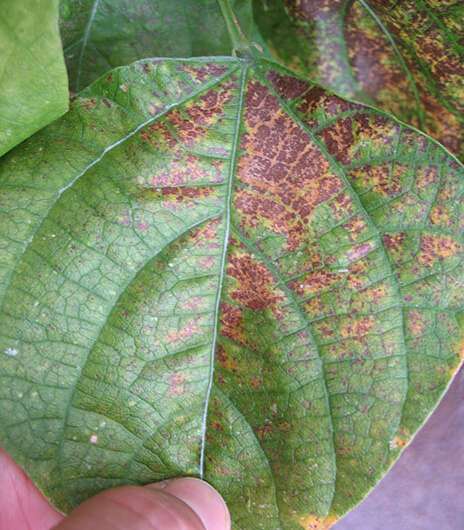New technique for precise estimates of trends in ozone and other atmospheric constituents

Ozone is an atmospheric constituent that affects not only human health but also vegetation, especially annual crops. Thus, ozone can impact land and water use. Detecting increases and declines in ozone and other constituents within a certain area or timeframe is hard. Why? The ozone signal is swamped by natural variations or cycles. Now, researchers developed a method to optimize the air quality signal detection capability over much of the continental United States. Their method uses spatial and temporal averaging scales.
The new air quality signal detection method could improve researchers' understanding of and ability to track air quality trends. It may be applied not only to surface ozone data but also to a wide range of modeled or observational data.
Working with simulated and observed surface ozone data within the United States covering a 25-year period, the researchers analyzed how the magnitude of the variability of the data due to meteorology depended on the spatial (kilometers) or temporal (years) scale over which the data were averaged. As they homed in on the extent of the region and timeframe needed to obtain a clear signal of air quality change within the data set, they effectively determined the risk of getting an insufficiently representative sample when averaging the data over too small a region or timeframe.
As expected, they found that averaging over a greater area and timeframe, which reduces the "noise" from natural variability, will boost signal detection accuracy. The researchers' most salient finding was that over much of the continental United States, they could achieve the most sensitive signal detection capability by strategically combining specific spatial and temporal averaging scales. In other words, they developed a way to systematically identify a data set's "sweet spot"—the number of kilometers and years over which to average the data so as to detect the signal most efficiently. For the hardest-to-detect signals, they recommended averaging the data over 10 to 15 years and over an area extending up to several hundred kilometers.
More information: Benjamin Brown-Steiner et al. Maximizing ozone signals among chemical, meteorological, and climatological variability, Atmospheric Chemistry and Physics (2018). DOI: 10.5194/acp-18-8373-2018
Journal information: Atmospheric Chemistry and Physics
Provided by US Department of Energy



















